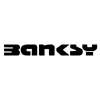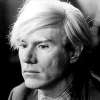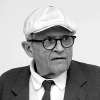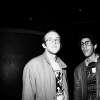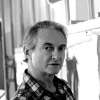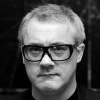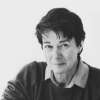artworks
Art
for sale
Discover art for sale. Buy and sell blue chip prints & editions by Modern, Contemporary and Urban artists through our specialist private sales network online.
Art for sale
Trading view
Sell Your Art
with Us
with Us
Join Our Network of Collectors. Buy, Sell and Track Demand
Submission takes less than 2 minutes & there's zero obligation to sell
The Only Dedicated Print Market IndexTracking 48,500 Auction HistoriesSpecialist Valuations at the Click of a Button Build Your PortfolioMonitor Demand & Supply in Network Sell For Free to our 25,000 Members
